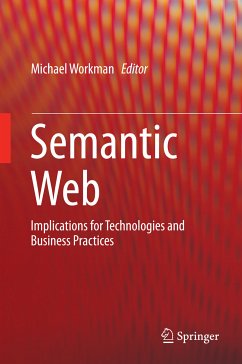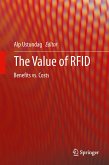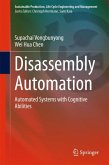This book examines recent developments in semantic systems that can respond to situations and environments and events. The contributors to this book cover how to design, implement, and utilize disruptive technologies from the semantic and Web 3.0 arena. The editor and the contributors discuss two fundamental sets of disruptive technologies: the development of semantic technologies including description logics, ontologies, and agent frameworks; and the development of semantic information rendering including graphical forms of displays of high-density time-sensitive data to improve situational awareness. Beyond practical illustrations of emerging technologies, the goal of this book is to help readers learn about managing information resources in new ways and reinforcing the learning as they read on.
· Examines the contrast of competing paradigms and approaches to problem solving and decision-making using technology tools and techniques
· Covers how to use semantic principles and user-centered designs to improve decision-making and problem solving
· Discusses organization-wide information systems that align technical with business needs
Dieser Download kann aus rechtlichen Gründen nur mit Rechnungsadresse in A, B, BG, CY, CZ, D, DK, EW, E, FIN, F, GR, HR, H, IRL, I, LT, L, LR, M, NL, PL, P, R, S, SLO, SK ausgeliefert werden.









